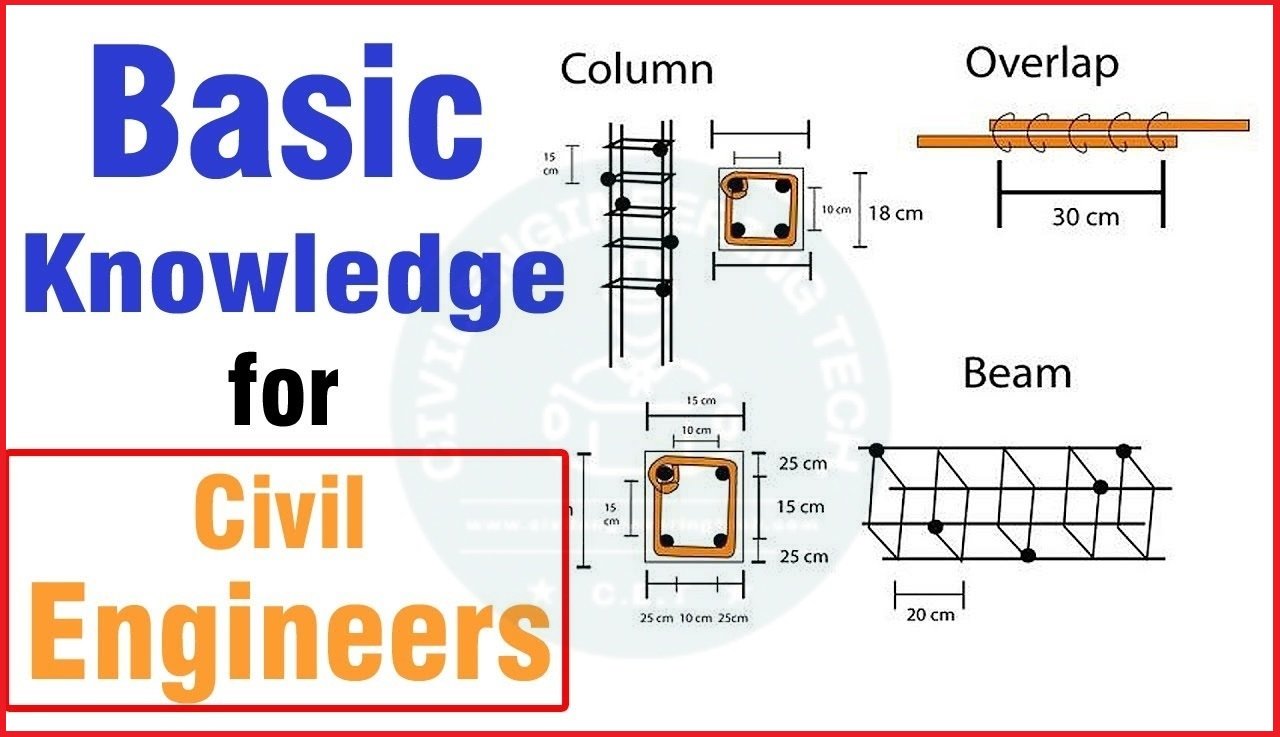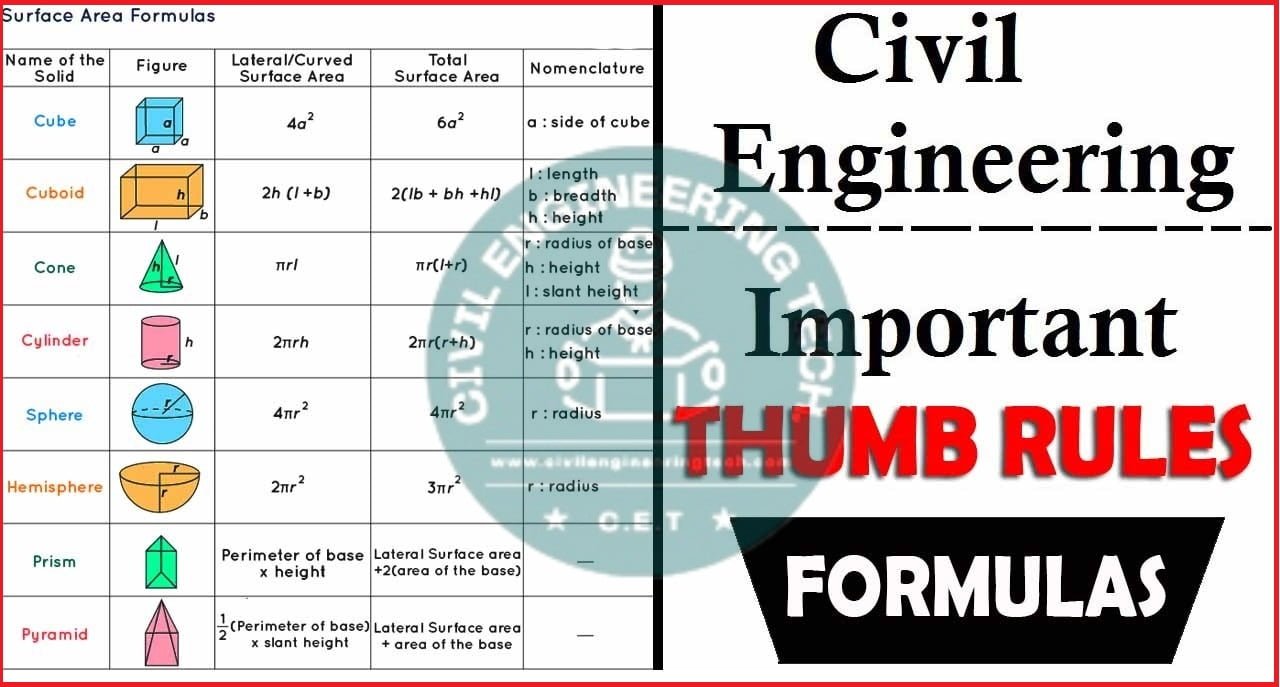What Is The Benefits Of Civil Engineering Insurance
Benefits of Civil Engineering Insurance

What Is The Benefits Of Civil Engineering Insurance.
Certainly! Civil engineering insurance is a crucial component for professionals and firms in the field of civil engineering, offering a broad spectrum of benefits that protect against various risks and uncertainties associated with engineering projects. Here’s an in-depth look at the benefits of civil engineering insurance: What Is The Benefits Of Civil Engineering Insurance

1. Liability Protection
Professional Liability Insurance
Civil engineers are often held responsible for the accuracy of their designs and the quality of their work. Professional liability insurance, also known as errors and omissions insurance, covers claims arising from mistakes or omissions in the professional services provided. This type of insurance is particularly important because civil engineering projects often involve complex designs and high-stakes outcomes. Errors or oversight in these projects can lead to significant financial losses and legal claims. Professional liability insurance ensures that civil engineers have financial protection against lawsuits, legal fees, and settlements related to allegations of negligence, misjudgment, or failure to meet professional standards.
Learn More
How to install the HDPE line in paving concrete
Method of statement for Road Work?
Method of statement for Building Construction
General Liability Insurance:
This coverage protects against claims of bodily injury, property damage, or advertising mistakes that occur as a result of the engineer’s business operations. For example, if a construction site accident results in injury to a third party or damage to property not owned by the firm, general liability insurance provides coverage for the associated costs.
2. Project Risk Management
Coverage for Project Delays and Cost Overruns:
Civil engineering projects are often complex and subject to various uncertainties, such as unforeseen site conditions or regulatory changes. Insurance can cover the financial impact of project delays, cost overruns, or other issues that could affect the successful completion of the project. This aspect of insurance helps ensure that financial losses due to project-related issues do not fall solely on the engineering firm.
Contractual Requirements:
Many contracts between clients and engineering firms include clauses that require the firm to have specific insurance coverage. By fulfilling these contractual obligations, firms can avoid breaches of contract and ensure that they meet client expectations and regulatory requirements. Insurance provides a safety net that helps manage risks and comply with contractual stipulations.
3. Professional Indemnity
Professional indemnity insurance is tailored to protect against claims made by the clients due to professional errors, omissions, or negligence. This type of coverage is essential for civil engineers as it provides financial protection in cases where a client alleges that the engineer’s work led to financial loss or project failure. Indemnity insurance covers legal defense costs, settlements, and damages, helping to mitigate the impact of such claims on the firm’s finances and reputation.
4. Property and Equipment Coverage
Protection for Equipment and Tools:
Civil engineering projects often require the use of expensive equipment and tools, including land surveying instruments, machinery, and construction vehicles. Property and equipment insurance covers the repair or replacement costs of these assets if they are damaged or lost due to accidents, theft, or other covered events. This ensures that engineering firms can continue their operations without incurring significant out-of-pocket expenses for equipment replacement.
Coverage for Project Materials:
In addition to equipment, this insurance can also cover materials used in construction projects. If materials are damaged or lost during transport or storage, insurance can help cover the costs of replacement or repair.
5. Workplace Safety
Accidents and Injuries:
Construction and engineering projects involve significant physical activity and potential hazards. The Workplace safety insurance, including workers’ compensation insurance, provides coverage for the medical expenses, lost wages, and rehabilitation costs for employees who are injured on the job. This type of insurance is vital for protecting the well-being of workers and ensuring that the firm complies with legal requirements for workplace safety.
Learn More
What is Civil Engineering Technology?
Understanding the Responsibilities of Civil Engineers
Civil Engineering Basic Field Knowledge
Liability for Third-Party Injuries:
If a third party (such as a visitor or subcontractor) is injured on a project site due to negligence or unsafe conditions, general liability insurance can cover the costs associated with their medical care and any potential legal claims. This protects the engineering firm from financial repercussions and helps maintain a safe working environment.
6. Business Continuity
Financial Stability:
Civil engineering projects can be subject to unexpected challenges that may lead to financial losses. Insurance helps to manage these risks and ensures that the firm remains financially stable, even in the face of significant setbacks. For instance, if a project encounters unforeseen issues that lead to substantial financial loss, insurance can provide the necessary funds to address the situation and continue operations.
Disruption Management:
In the event of a major incident, such as a natural disaster or significant accident, insurance can provide the financial support needed to recover and resume normal business activities. This includes covering costs associated with property damage, lost income, and operational disruptions. Business continuity insurance helps firms navigate through crises and minimize the impact on their long-term operations.
7. Reputation Management
Maintaining Client Trust:
The ability to handle claims and disputes effectively is essential for maintaining a positive reputation in the industry. Proper insurance coverage helps engineering firms manage and mitigate issues that could damage their reputation. By addressing claims efficiently and fairly, firms can uphold their professional integrity and client trust.
Client Assurance:
Having appropriate insurance coverage can be a selling point when acquiring new clients. It demonstrates a commitment to risk management and financial responsibility, providing clients with confidence that the firm is prepared to handle potential issues and deliver high-quality services.
Learn More
Calculation of Bricks and Blocks in the Wall
What is the Long Wall Short Wall Method
What Is The RCC Concrete And Properties of RCC Concrete
8. Regulatory Compliance
Meeting Legal Requirements:
Different jurisdictions and industries have specific insurance requirements for civil engineering professionals. Compliance with these regulations is crucial for the legal operation and avoiding penalties. Insurance ensures that firms meet the necessary legal and regulatory standards, providing a foundation for lawful and ethical business practices.
Adapting to Industry Standards:
The civil engineering industry is subject to evolving standards and best practices. Insurance helps firms adapt to these changes by offering coverage that aligns with current industry requirements. This proactive approach supports ongoing compliance and the risk management.
9. Peace of Mind
Reduced Stress and Uncertainty:
Insurance provides peace of mind by addressing potential risks and uncertainties that come with civil engineering projects. Knowing that there is financial protection in place for various scenarios allows engineers and firms to focus on their work with greater confidence and less concern about unforeseen issues.
Focus on Core Competencies:
By managing risks through insurance, civil engineers can concentrate on their core competencies, such as design, planning, and project management, without being sidetracked by financial or legal concerns. This focus contributes to improved performance and successful project outcomes.






One Comment